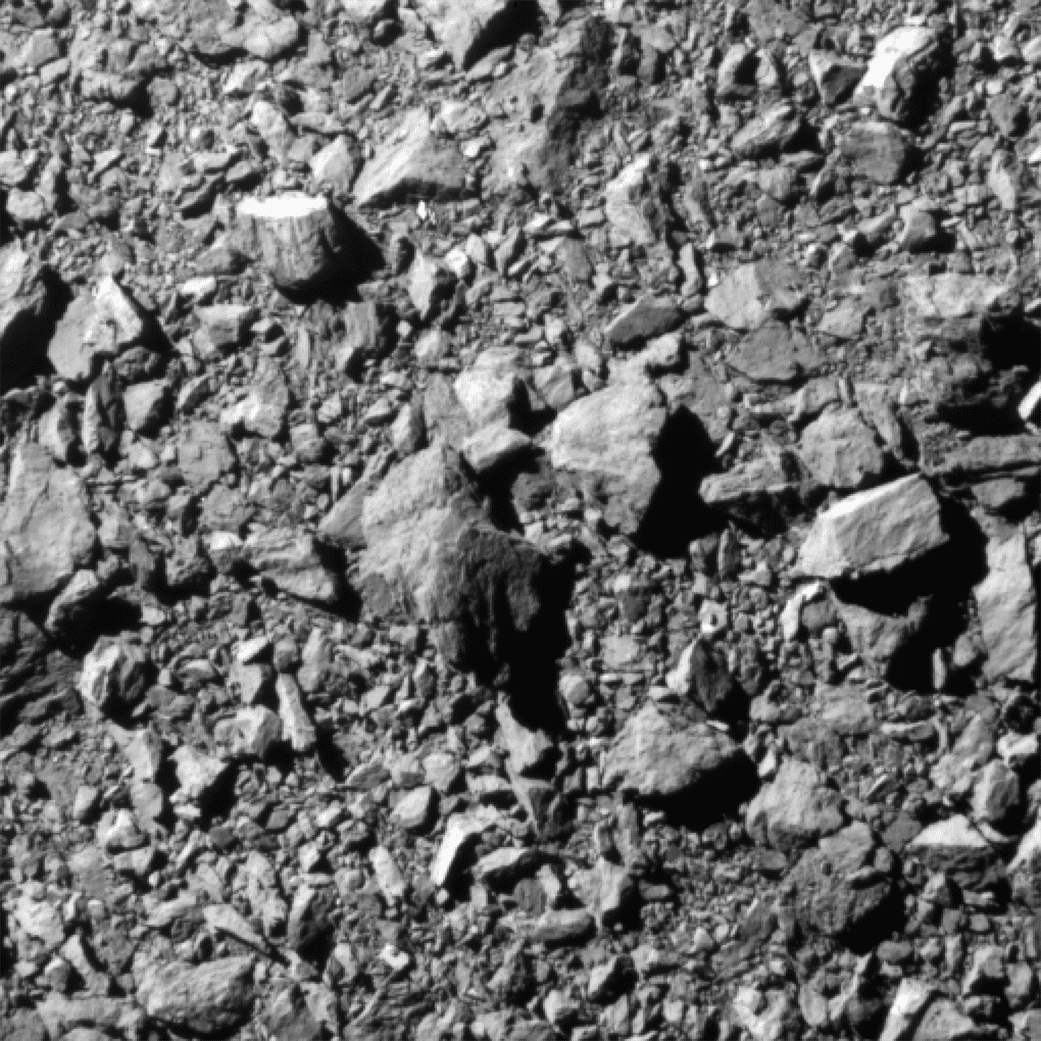The Double Asteroid Redirection Test (DART) has proven one thing – we have the capability to slam a spacecraft at high speed into a Great Pyramid-sized rock 11 million kilometers (7 million miles) from Earth. In the process, we got some excellent images of the jumble of rocks that make up the surface of Dimorphos, as well as some taken of the larger asteroid Didymos on the way past.
However, it could take days or weeks to learn how much the collision changed Dimorphos’ orbit around its companion, and therefore what it would take to redirect future threats.
Since scientists became confident an asteroid was responsible for the Earth’s last mass extinction event, an obvious question has been: how can we avoid a repeat? In reality, we are unlikely to face a threat such as the one presented in films like Deep Impact, Armageddon, or Don’t Look Up any time soon. However, encounters with smaller rocks are much more common, and could easily kill millions. DART is about establishing planetary defenses against such dangers.
In the meantime, the footage it sent back gave us all a taste of what it is like to head for a lump or rock at 6.6 kilometers (4.1 miles) per second in a vehicle the size of a small car.
“At its core, DART represents an unprecedented success for planetary defense, but it is also a mission of unity with a real benefit for all humanity,” said NASA Administrator Bill Nelson in a statement. “As NASA studies the cosmos and our home planet, we’re also working to protect that home, and this international collaboration turned science fiction into science fact, demonstrating one way to protect Earth.”
We have learned one thing about asteroid responses already. The Virtual Telescope Project had the Klein Karoo Observatory focused on Dimorphos and observed it increase by roughly four magnitudes (40 times) as a result of the dust thrown up by the impact, before fading again within about 10 minutes.
The last complete image of Dimorphos, taken 2 seconds before impact. Image credit: NASA/Johns Hopkins APL
Neither Didymos nor Dimorphos represent threats to Earth for the foreseeable future. Dimorphos was chosen as a target because we had measured its orbit around the larger asteroid so accurately that we will be able to tell precisely how much the force of DART hitting affects it.
That’s still the plan, but with the craft itself now presumably splattered across the asteroid’s surface and incapable of conducting any measurements or sending any signals, we must wait on ground-based observations. The results of those are expected to take weeks.
In four years’ time, the European Space Agency’s Hera mission will visit the Didymos/Dimorphos system to study the aftermath of the collision. By gaining a precise measure of Dimorphos’ mass, it will calibrate the size of spacecraft we would need to produce similar shifts for heavier asteroids.
Depending on how much Dimorphos’ orbit shifts, we will be able to decide whether the so-called “kinetic impact” approach will be a suitable method for diverting similar objects in future should they dare threaten our beloved home (ruining the planet being a job we reserve for ourselves). The idea would not be to blow intruders up, Bruce Willis-style, but to cause them to divert just enough to slide safely past.
However, asteroids come in many different compositions, from solid lumps of stony iron to “rubble piles” barely holding themselves together. Moreover, the biggest threat may actually be from comets formed largely of ice.
The ultimate planetary defense system will probably require a number of different methods customized to specific types of threats. DART, therefore, will tell us how well kinetic impact fits into that toolkit, but it won’t end the search for other solutions, even if the forthcoming results show it was a major success.
Source Link: “We Have Impact”: NASA’s DART Mission Scores A Direct Hit On Asteroid Dimorphos
